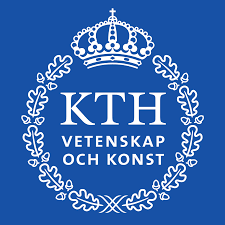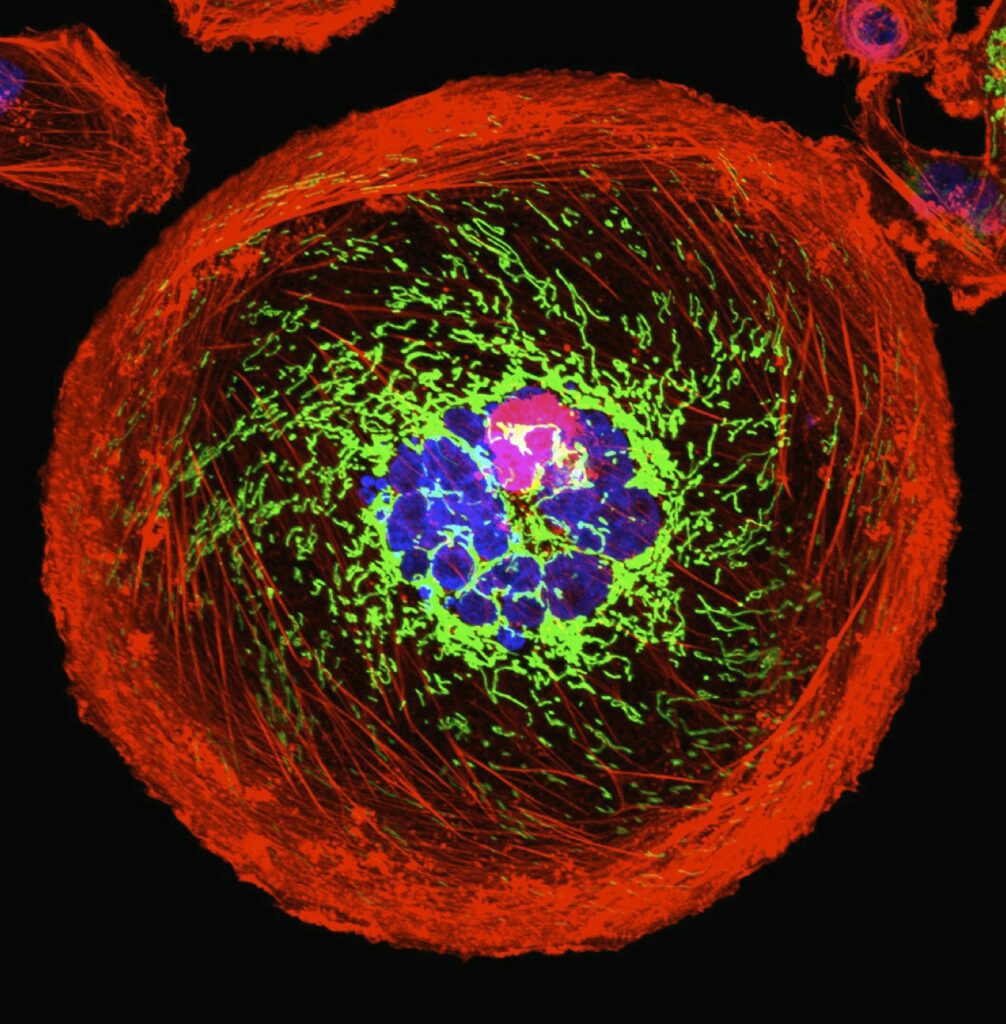
KTH Royal Institute of Technology
In order to realize the potential for a quantum internet, scientists must first master the challenge of controlling light in order to transfer quantum information over fibre optic networks.
And it’s difficult, but not impossible.
Signs of a breakthrough have been reported this month by researchers at KTH Royal Institute of Technology in Sweden, who have developed integrated chips which are able to “generate light particles on demand and without the need for extreme refrigeration.”
This opens up the possibilities, when it is achieved, of incorporating atom-like single-photon emitters into photonic platforms that cannot emit light efficiently on demand.
The paper, Deterministic Integration of hBN Emitter in Silicon Nitride Photonic Waveguide, was published in the journal Advanced Quantum Technologies.

Val Zwiller — a professor and co-author of the research at KTH Royal Institute of Technology who specializes in quantum technologies — said that in order to integrate quantum computing seamlessly with fibre-optic networks — which are used by the internet today — a more promising approach would be to harness optical photons.
“The photonic approach offers a natural link between communication and computation. That’s important, since the end goal is to transmit the processed quantum information using light,” Zwiller said.
Qubits On Demand
Yet there’s one problem: for photons to transmit “qubits on demand” in quantum systems requires them to be emitted in a deterministic way instead of probabilistically. To achieve this requires exceptionally low temperatures in artificial atoms. The research group at KTH, however, has found a way to accomplish this in optical integrated circuits at room temperature.
This novel approach, said Ali Elshaari, an associate professor at KTH Royal Institute of Technology, enables photon emitters to be precisely positioned in integrated optical circuits that resemble copper wires for electricity, except that they carry light instead.
The team managed to control the single-photon-emitting properties of hexagonal boron nitride (hBN), which is a layered material. hBN, a compound commonly used in ceramics, alloys, resins, plastics and rubbers, gives them self-lubricating properties. They integrated the material with silicon nitride waveguides to direct the emitted photons.
Quantum circuits with light can be operated in one of two ways: Firstly at cryogenic temperatures — plus 4 Kelvin above absolute zero — utilizing atom-like single-photon sources; or secondly, at room temperature by applying random single-photon sources, said Elshaari.
The technique that has evolved at KTH, on the other hand, sanctions optical circuits with on-demand emission of light particles at room temperature.

“In existing optical circuits operating at room temperature, you never know when the single photon is generated unless you do a heralding measurement,” Elshaari added. “We realized a deterministic process that precisely positions light-particles emitters operating at room temperature in an integrated photonic circuit.”
High-Quality Nature
The research team announced the coupling of an hBN single-photon emitter to silicon nitride waveguides, and they developed a method to image the quantum emitters. Then in a hybrid approach, the team built the photonic circuits with respect to the quantum sources locations using a series of steps involving electron beam lithography and etching, while still preserving the high-quality nature of the quantum light.
Zwiller, Elshaari et al’s exciting results open up the way “toward deterministic, large scale, quantum photonic circuits at room temperature using atom‐like single‐photon emitters”, which could have exciting repercussions for quantum computing (QC) and quantum information science (QIS) in general.
If you found this article to be informative, you can explore more current quantum news here, exclusives, interviews, and podcasts.



















